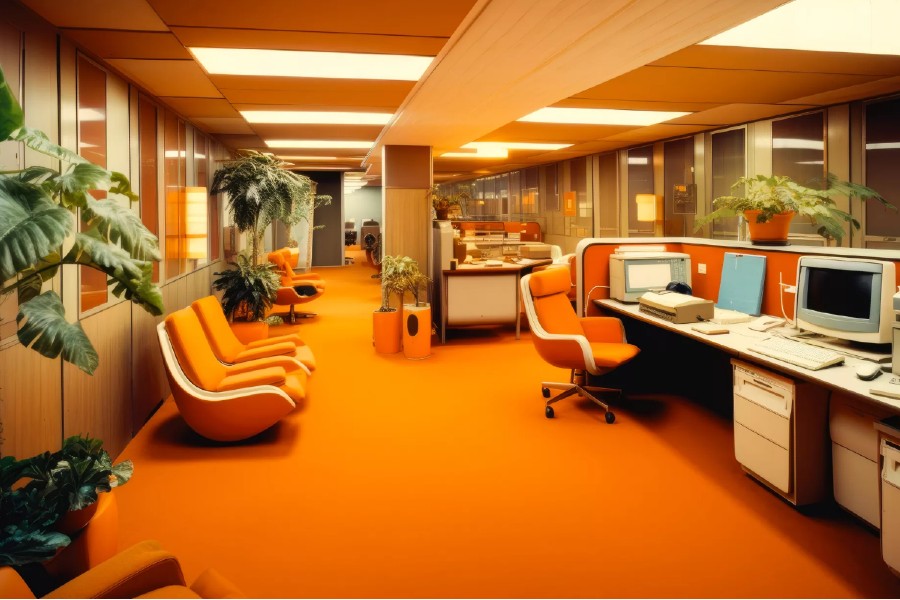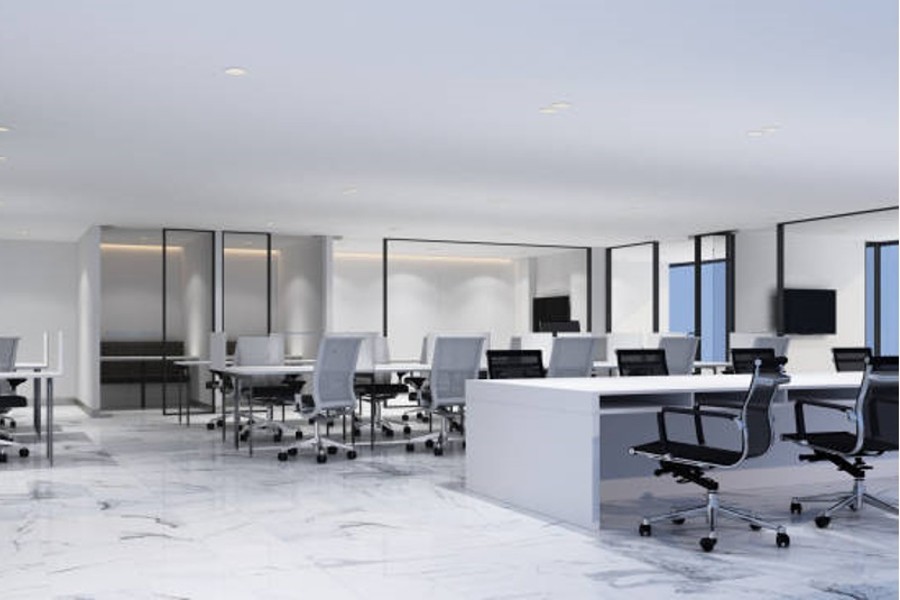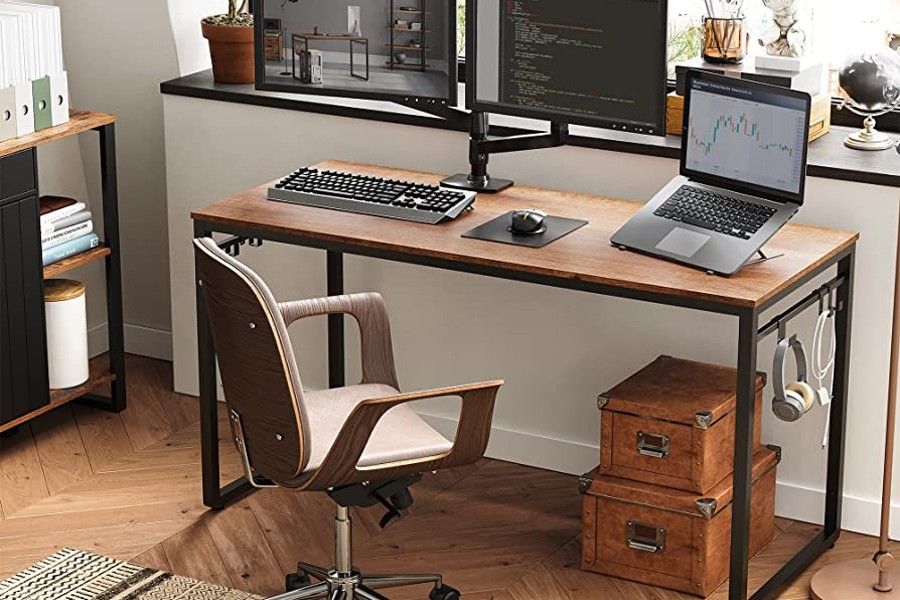As the demand for flexibility in present day residing and working spaces will increase, accordion walls are becoming a popular way to create flexible, green, and elegant interiors.
Continue reading
Optimizing Workflow: Selecting Functional Reception Desk Dimensions
In any workspace, the reception area serves as the gateway to a business, providing the first impression to visitors and clients. A well-designed reception desk not only enhances the aesthetic appeal but also plays a crucial role in facilitating smooth workflow and efficient operations. When it comes to reception desk dimensions, there's more to consider than just aesthetics. The functionality and ergonomics of the desk are paramount to ensure that it meets the diverse needs of both staff and visitors. Let's delve into the intricacies of choosing the right dimensions for a reception desk to optimize workflow.
Understanding Workflow Dynamics:
Before delving into the specifics of reception table dimensions, it's essential to understand the workflow dynamics within a reception area. Reception desks serve multiple purposes, acting as a point of contact for visitors, a workspace for receptionists, and a hub for administrative tasks. Therefore, the design should accommodate these various functions seamlessly.
Factors Influencing Dimension Selection:
Space Constraints: The available space in the reception area is a significant factor influencing desk dimensions. A reception desk that is too large can overwhelm a small space, while one that is too small may appear cramped and hinder workflow. Thus, striking the right balance between size and available space is crucial.
Traffic Flow: The layout of the reception area and the flow of foot traffic should inform desk dimensions. A reception desk that obstructs the natural flow of movement can impede efficiency and create bottlenecks. Therefore, it's essential to ensure that the desk allows for easy navigation and accessibility.
Accessibility: Accessibility is paramount, especially concerning individuals with disabilities. The reception desk should be designed to accommodate wheelchair users comfortably, with adequate clearance and accessible height.
Ergonomics: Ergonomic design is essential to promote productivity and minimize strain on reception staff. The desk height should be comfortable for both standing and seated positions, with consideration for the use of computer monitors and other equipment.
Choosing the Right Dimensions:
Length and Depth: The length and depth of the reception desk should be proportional to the available space and workflow requirements. A standard-length range from 60 to 72 inches, providing ample workspace for receptionists without overwhelming the area. As for depth, a range of 24 to 36 inches strikes a balance between functionality and space efficiency.
Height: The height of the reception desk is critical for both aesthetic appeal and ergonomic comfort. Standard desk heights typically range from 28 to 30 inches, catering to the average standing height of individuals. However, adjustable-height desks offer flexibility, allowing users to customize the height according to their preferences and needs.
Transaction Counter: A transaction counter or ledge at the front of the reception desk provides a designated space for paperwork, documents, and transactions. The height of the transaction counter should be carefully considered to ensure accessibility for visitors while maintaining privacy and security.
Storage Solutions: Incorporating storage solutions such as drawers, cabinets, and shelves into the reception desk design maximizes organization and efficiency. However, the inclusion of storage should not compromise the overall functionality or aesthetics of the desk.
Case Study: Optimizing Workflow Through Dimensional Design:
Consider a case study of a busy medical clinic seeking to enhance workflow efficiency in its reception area. By analyzing the clinic's space constraints, traffic flow patterns, and ergonomic requirements, the following reception desk dimensions were proposed:
Length: 72 inches
Depth: 30 inches
Height: Adjustable between 28 to 30 inches
Transaction Counter: 42 inches above the floor
This configuration provides ample workspace for receptionists to manage administrative tasks while accommodating wheelchair users comfortably. The adjustable height feature ensures ergonomic comfort for staff members of varying heights, promoting productivity and reducing fatigue. Additionally, integrated storage solutions facilitate organization and streamline workflow processes, enhancing overall efficiency in the reception area.
Conclusion:
Choosing the right dimensions for a reception desk is a multifaceted process that requires careful consideration of space constraints, workflow dynamics, and ergonomic principles. By prioritizing functionality, accessibility, and ergonomics, businesses can optimize workflow efficiency and create a welcoming environment for visitors and staff alike. Whether it's a medical clinic, corporate office, or hospitality establishment, investing in a well-designed reception desk is essential for making a positive first impression and fostering productivity in the workplace.
Innovative Office Cubicle Designs Transforming Work Culture In The Philippines
In today's rapidly evolving work landscape, office spaces are undergoing a profound transformation.
Continue reading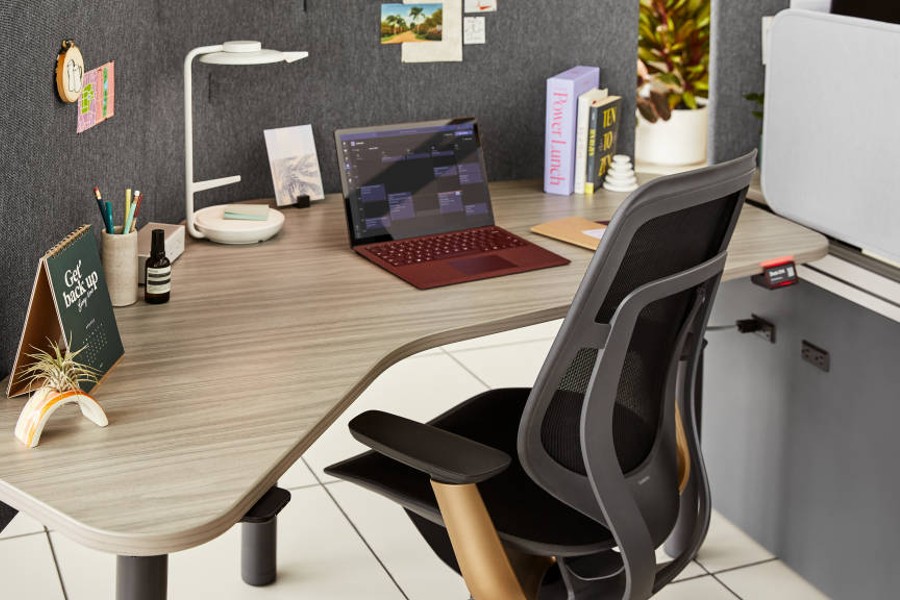
Upgrade Your Workspace With Executive Chairs: Elevate Comfort And Productivity
The modern workplace is constantly evolving, and so is the importance of creating a conducive environment for productivity and well-being.
Continue readingThe Evolution Of Cubicle Office: A Comprehensive Exploration

Evolution Of Office Table Design: Blending Functionality And Style
Office table design has significantly evolved over the years, transforming from basic functional pieces of furniture to sophisticated, ergonomic, and aesthetically pleasing workstations.
Continue reading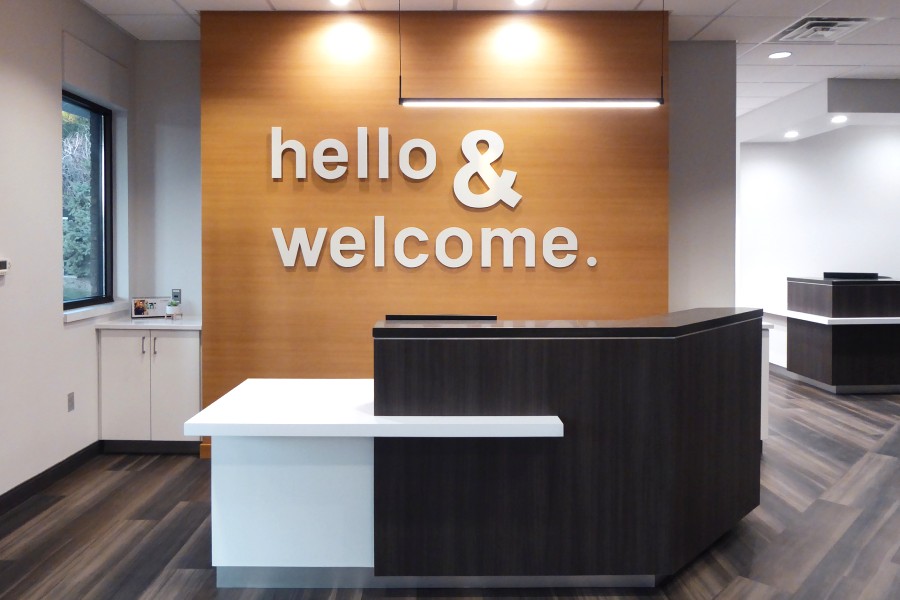
Why Your Office Table Might Be Affecting Your Work Performance In The Philippines
In the bustling world of deadlines, meetings, and constant multitasking, we often overlook the impact our immediate surroundings can have on our work performance.
Continue readingThe Reception Desk: More Than Just A Welcome
Reception Office
The reception desk is often the first point of contact for visitors to a business or organization.
Continue readingCrafting Comfort And Productivity: Discover The Best Office Furniture In The Philippines
In today's fast-paced world, the lines between work and life are becoming increasingly blurred.
Continue readingFunctional Office Table With Built-In Partition For Enhanced Privacy And Organization
In the evolving landscape of office design, where open-concept layouts have become the norm, finding the right balance between collaboration and privacy can be a challenge.
Continue readingDetails To Consider When Planning A Conference Room, Reception Area, Or Executive Office
Nowadays, it's essential to keep some distance from others. You need to take care of this detail even if you are planning a business meeting.
Continue readingTransforming Your Small Office With Space-Saving Office Table In The Philippines
Smaller offices often need help to make the most effective use of their space, resulting in a crowded and unorganized work environment.
Continue readingThe Future Of Coworking: Predictions For The Next Decade
Coworking has rapidly become a go-to solution for entrepreneurs, freelancers, and small business owners seeking the ideal workspace.
Continue reading



